The first impression when entering an interview is not only based on a beautiful CV or how you answer questions, but also on how you dress. A suitable, neat and sophisticated outfit will speak for you about professionalism, serious attitude and confidence.
Choosing an interview outfit doesn’t mean you have to wear a boring, stiff outfit. With a little bit of ingenuity, you can still dress neatly without being bland, stand out while still being safe and suitable for the recruitment environment.
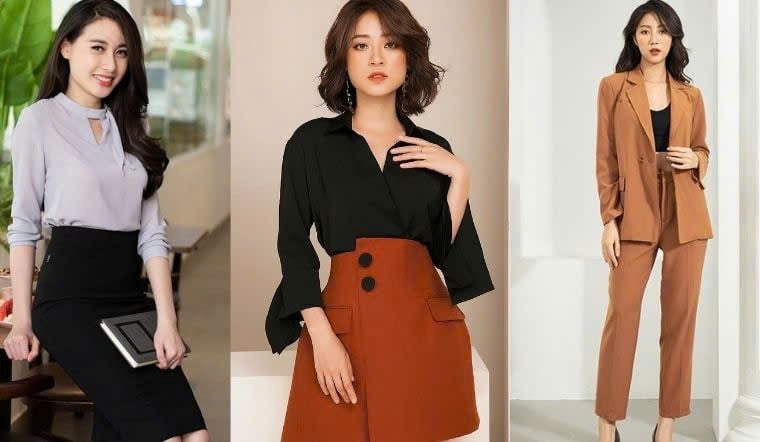
Illustration photo/ Internet source
Clothing, a silent but powerful language
Many studies have shown that first impressions are often formed in the first 5-10 seconds. At that time, the employer has not yet heard what you say but has read a lot through your appearance, especially your clothes, accessories, and demeanor.
A neat, neutral-colored suit that is appropriate for the work environment will show that you understand how to respect others, know where you stand, and want to integrate into the new environment. On the contrary, a sloppy, too casual, or flashy outfit can easily make you appear unserious.
Basic principles: Neatness - appropriateness - moderation
No matter what position or industry you're interviewing for, always keep these three principles in mind when choosing your outfit:
Neat: Clothes should be flat, clean, and well-fitting. Check seams, buttons, and zippers carefully to avoid any “betrayal” details that can cause loss of points.
Fit: Knowing the company’s environment and culture will help you choose better clothes. A creative agency will be more open to personality, while a financial or banking company will definitely favor seriousness and minimalism.
Moderate: Avoid using too many bright colors or confusing patterns. Also, don’t overdo it with fancy accessories or strong perfumes.
Suggestions for outfit details that are safe but not boring
Female: Be diverse but not arbitrary.
Shirt + skirt: This is a classic combo, especially suitable for office and bank environments. Shirts can be white, pastel blue, beige or light tones, not too transparent. Pencil skirts or knee-length A-line skirts will help flatter your figure while still being elegant.
Shirt + trousers: For those who like a dynamic style. High-waisted trousers make the legs look longer, giving a neat look.
Dresses: A dark-colored, straight-cut or slightly fitted dress that falls just below the knee is a quick, chic choice. Avoid dresses that are too short, have straps, or have a deep slit.
Blazer: Wearing a blazer not only makes your outfit look more professional, but it also helps if you need to hide flaws in your shoulders or arms.
Accessories: Stick to watches, small earrings, or thin necklaces. Shoes should be closed-toe, low heels (3–5 cm) or simple ballet flats.
Men: Classic yet versatile
Shirt + Pants: A safe combo for any interview. Choose a neutral-colored shirt (white, light blue, gray) and dark-colored pants.
Blazer/vest: If the company requires a high level of professionalism, wear a blazer. A dark, form-fitting vest will help you look neater and more confident.
Shoes & accessories: Black or brown dress shoes, belt in the same color as the shoes. Avoid wearing too many bracelets or unnecessary accessories. A watch will help you look more neat and punctual.
Common clothing mistakes that lose points
Clothes are wrinkled and stained.
Skirts or pants that are too short or too tight.
Wear t-shirts and ripped jeans when it is not suitable for the nature of the job.
Wear slippers, sandals informally.
Flashy accessories, heavy makeup, strong perfume.
Rugged backpack, too colorful bag.
Confidence is the most expensive accessory
A great outfit is only effective if you carry it with confidence. Take the time to prepare before the interview: wash and iron your clothes, try them on and move around to make sure they are comfortable and not tight or restrictive. Don’t forget to practice smiling in front of the mirror, tidy your hair and check your bag so that your documents and files are ready.
A few tips
If you are unsure about the dress code, choose a safe style that is not out of tune.
Bring a raincoat, umbrella, or light jacket in case of weather.
Don't wear brand new clothes without trying them on, as you may have problems with buttons, loose threads, or discomfort.
You should arrive at least 10–15 minutes early to fix your appearance before entering the interview.
A job interview is an important step that opens the door to a new career. Attire is not everything, but it is certainly an important factor in affirming your seriousness and respect for the opportunity given to you.
Let your outfit become a silent assistant to help you be confident, professional and score points at first sight. And most importantly, always be yourself, ready and enthusiastic.
Source: https://giadinh.suckhoedoisong.vn/mac-the-nao-de-ghi-diem-voi-nha-tuyen-dung-172250729081347265.htm


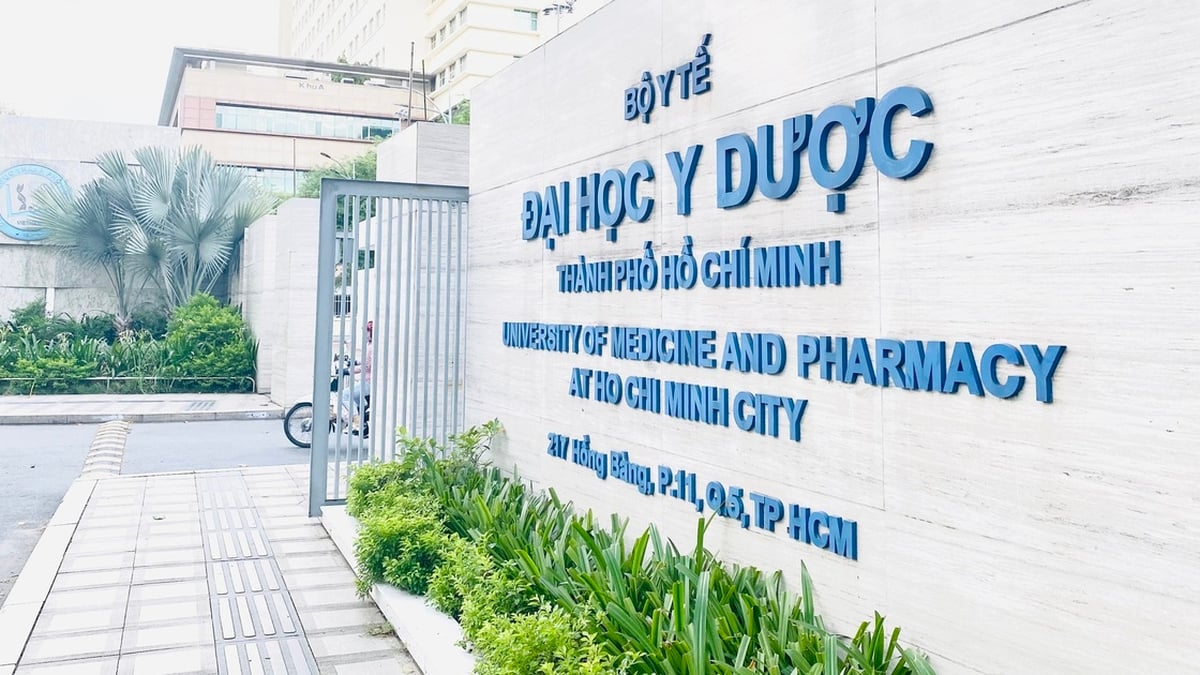
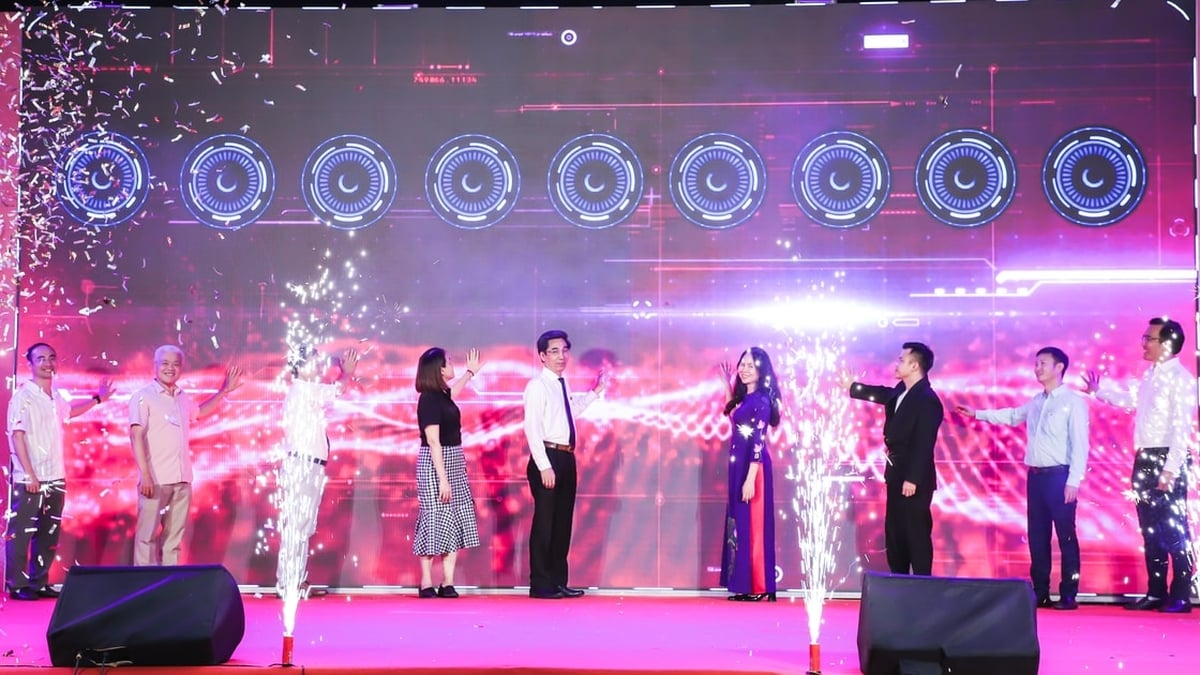
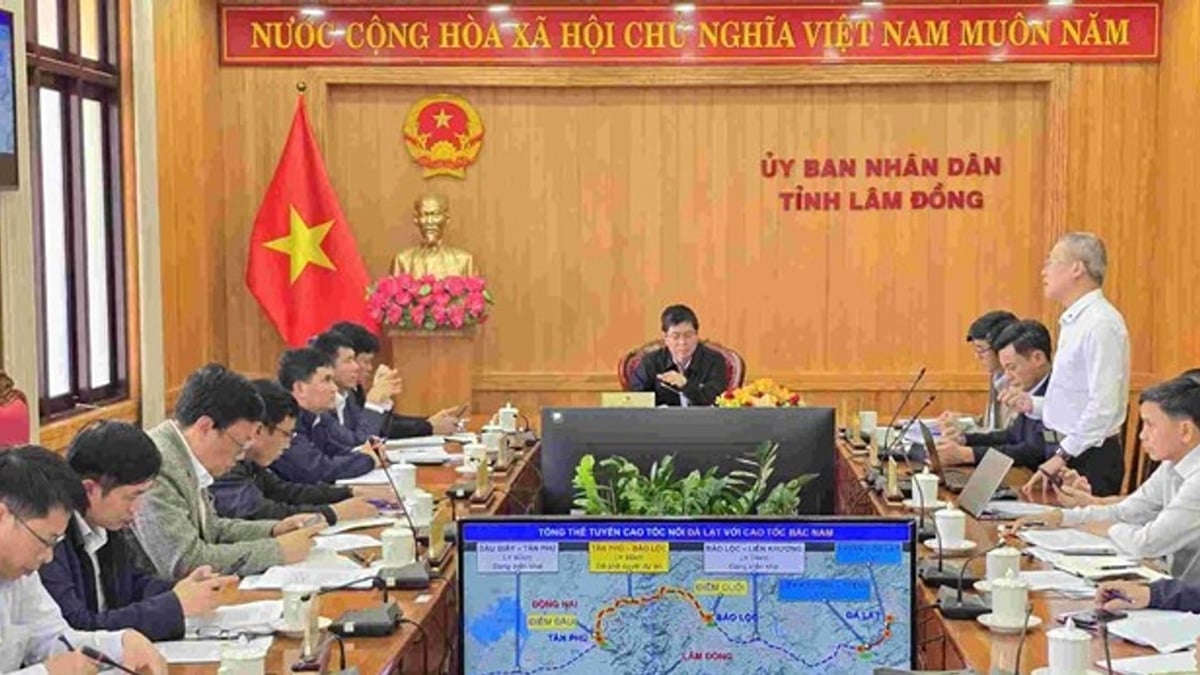

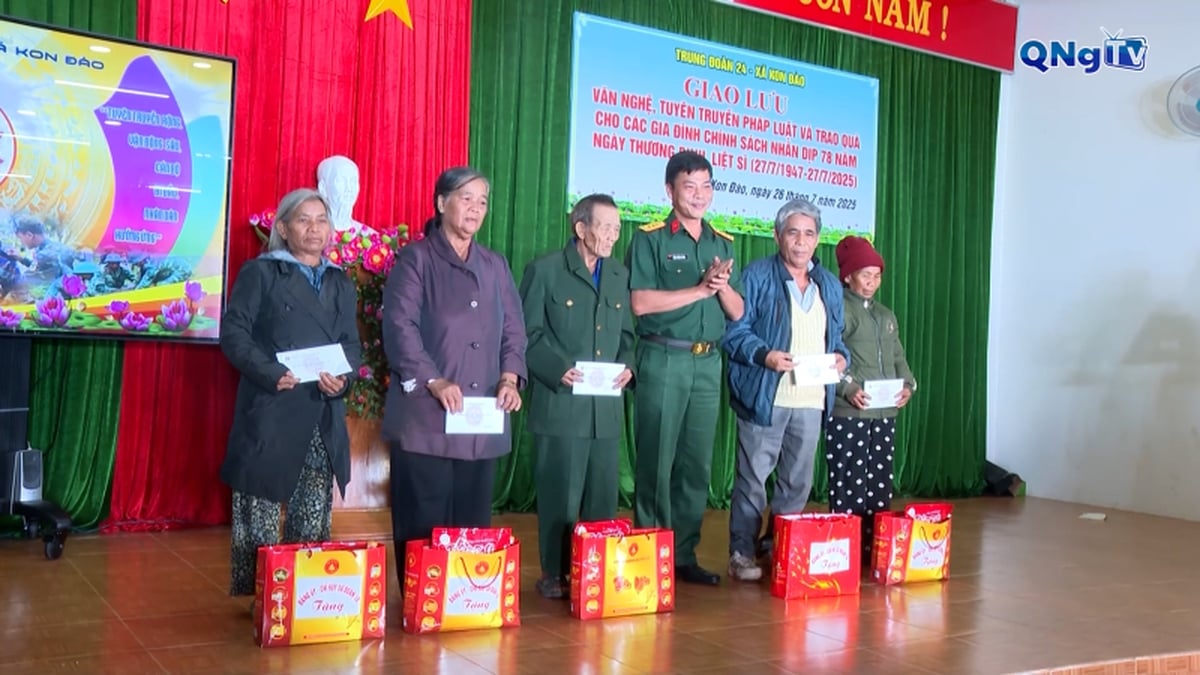


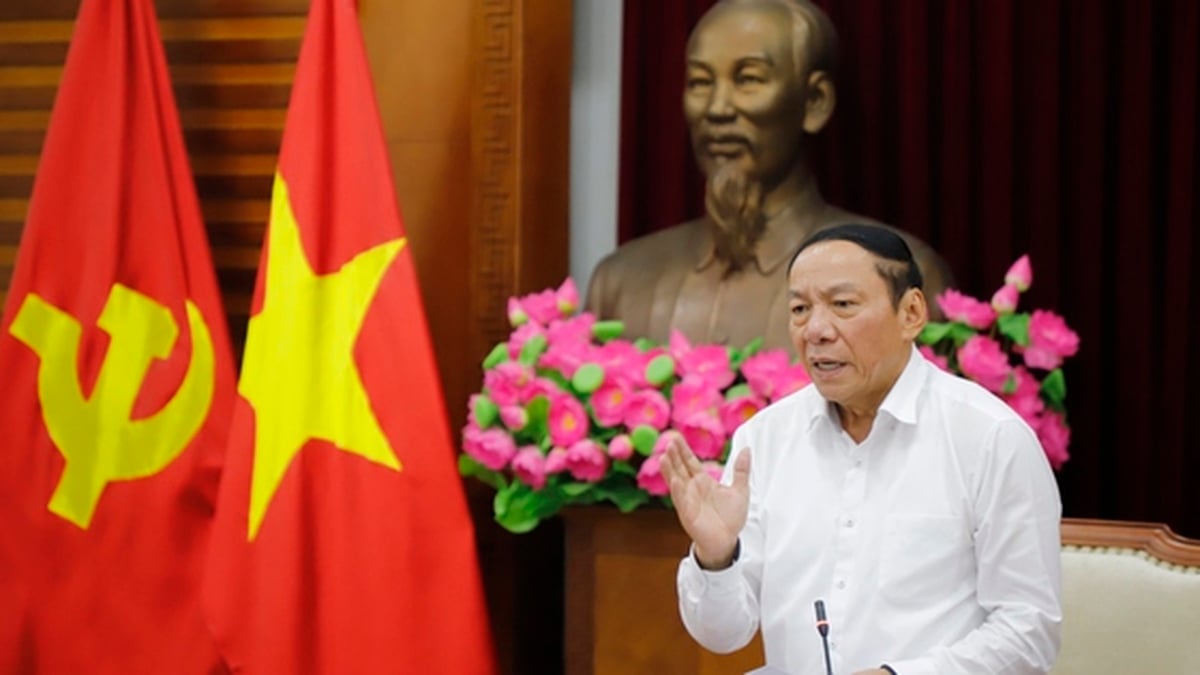
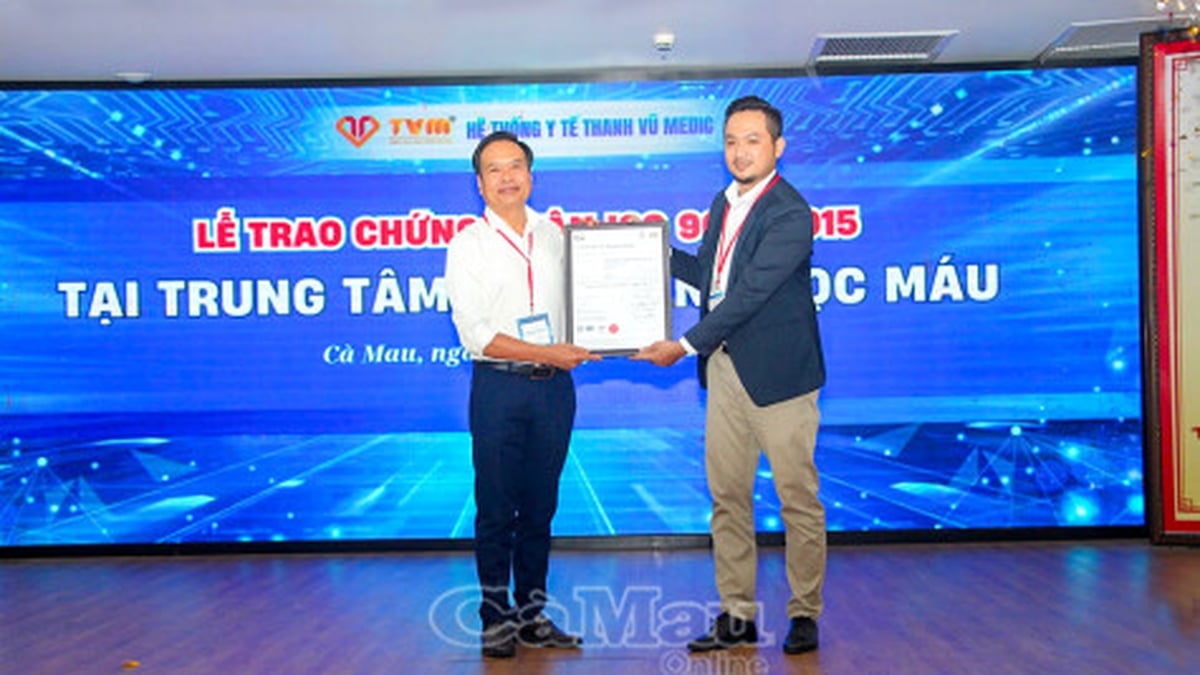
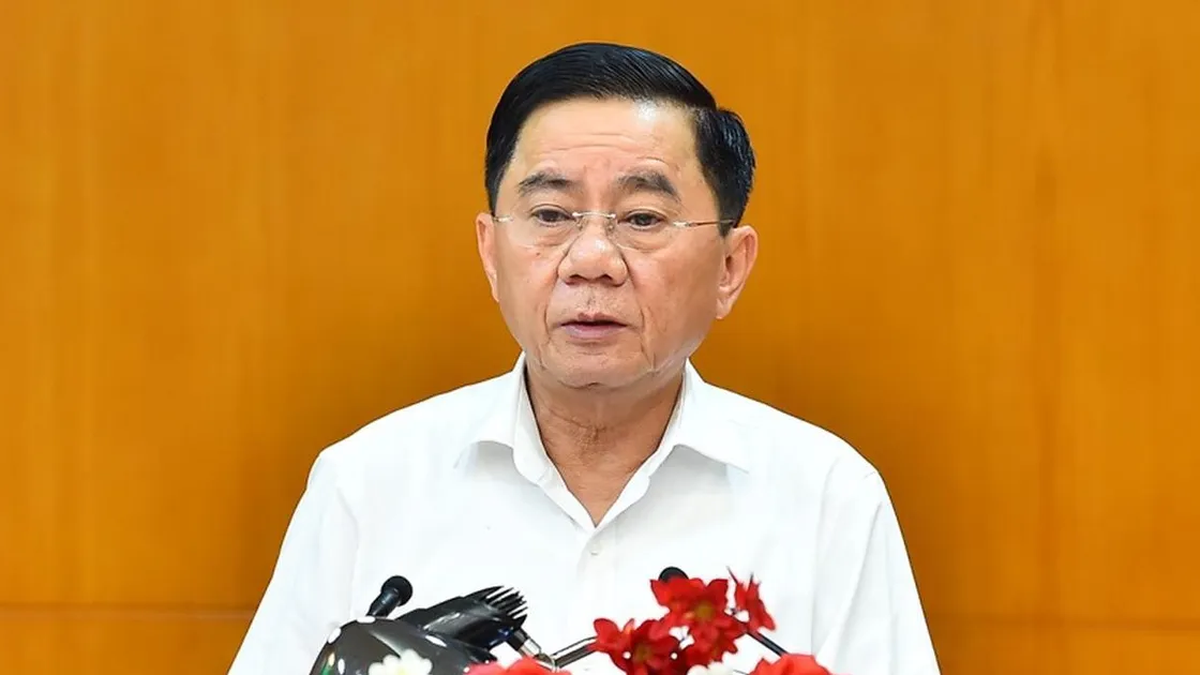





















































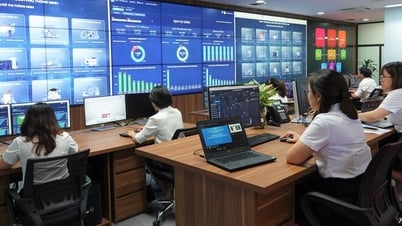
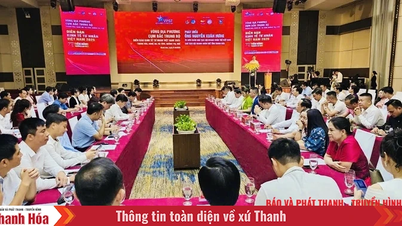

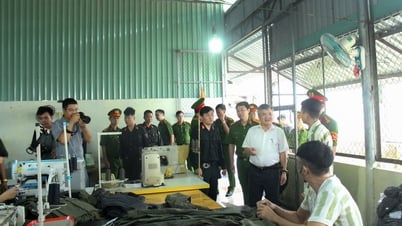


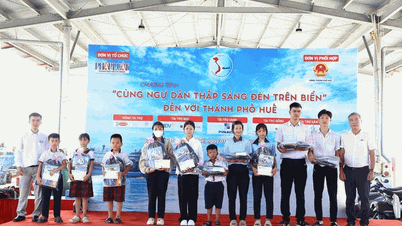







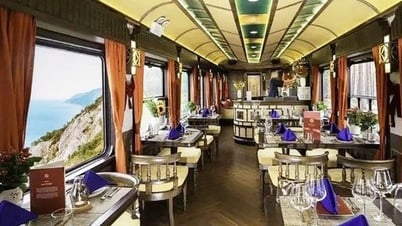























Comment (0)